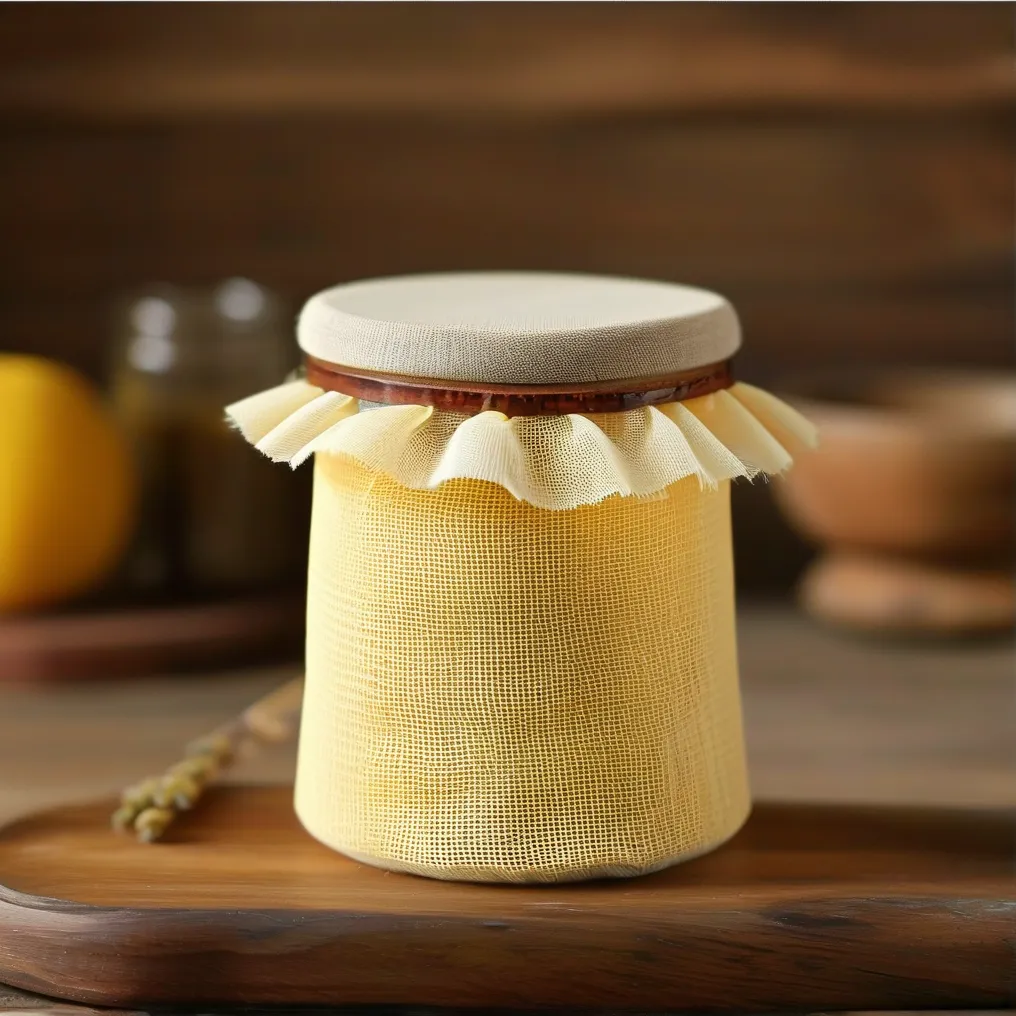When working with delicate culinary tasks or intricate craft projects, the choice of cheesecloth fabric can make a significant difference in outcomes. This versatile material has evolved beyond its traditional single-use form, with reusable options now challenging conventional practices. Understanding the strengths and limitations of both types ensures better results across cooking, straining, and creative applications.
What Is Traditional Cheesecloth?
Traditional cheesecloth is a loosely woven cotton gauze typically graded by number (#10 to #90), with lower numbers indicating more open weaves. Its primary uses include:
– Cheesemaking: Separating curds from whey
– Culinary straining: Clarifying broths, making nut milks, or bundling herbs
– Crafts: Creating textured surfaces for painting or fabric dyeing
While affordable (approximately $2–$5 per yard), disposable cheesecloth raises sustainability concerns. The USDA estimates that commercial kitchens alone discard over 12 million pounds of single-use food-grade textiles annually, prompting many home cooks to seek alternatives.
The Rise of Reusable Cheesecloth
Modern reusable options address environmental and cost concerns through:
– Durable materials: Organic cotton, bamboo blends, or polyester-cotton hybrids
– Tight weaves: Prevents fiber shedding during repeated use
– Reinforced edges: Minimizes fraying after multiple washes
A 2023 Consumer Reports analysis found that high-quality reusable cheesecloths withstand 50+ washes while maintaining functionality, reducing long-term costs by 60% compared to disposable alternatives.
Key Differences: Traditional vs Reusable Options
Material & Structure
Traditional cheesecloth’s loose weave (especially grades #10–#40) excels at fine straining but tears easily. Reusable versions use tighter weaves (equivalent to #60–#90 grades) that handle heavier tasks like pressing tofu or making pressed salads.
Environmental Impact
The Ellen MacArthur Foundation notes that switching to reusable textiles in food preparation could reduce textile waste by up to 34% in households. Reusable cheesecloths made from organic fibers also avoid the pesticides used in conventional cotton production.
Cost Efficiency
While premium reusable options cost $10–$20 upfront, they outperform disposables over time. For weekly users, breakeven occurs within 3–6 months based on usage frequency.
Choosing the Right Type for Your Needs
-
For Fine Straining (broths, herbal infusions):
– Use disposable #40–#60 grade for maximum clarity
– Opt for unbleached versions to avoid chemical residues -
For Heavy-Duty Tasks (pressing cheeses, crafts requiring structure):
– Choose reusable cheesecloth with double-stitched edges -
For Eco-Conscious Projects:
– Bamboo-blend reusable cloths offer natural antibacterial properties
Maintenance Tips for Reusable Cheesecloth
Extend longevity with proper care:
1. Rinse immediately after use to prevent staining
2. Wash in cold water with mild detergent (avoid fabric softeners)
3. Air-dry to maintain fiber integrity
Test kitchens at America’s Test Kitchen recommend boiling reusable cloths monthly to eliminate odors and bacteria buildup.
Industry Insights & Trends
Leading culinary brands like Williams Sonoma and Sur La Table now stock reusable options prominently, reflecting a 41% year-over-year sales increase (2023 NPD Group data). Artisan cheesemakers increasingly adopt hybrid approaches—using disposable cloths for initial pressing and reusable versions for aging wraps.
Ultimately, the decision between traditional and reusable cheesecloth hinges on your specific needs and values. Disposable versions remain ideal for specialized tasks requiring ultra-fine filtration, while modern reusable alternatives deliver economic and environmental benefits for regular users. By matching fabric characteristics to your projects—whether clarifying consomme or creating natural-dye textiles—you optimize results while minimizing waste.

Leave a Reply